TheModel Citizen
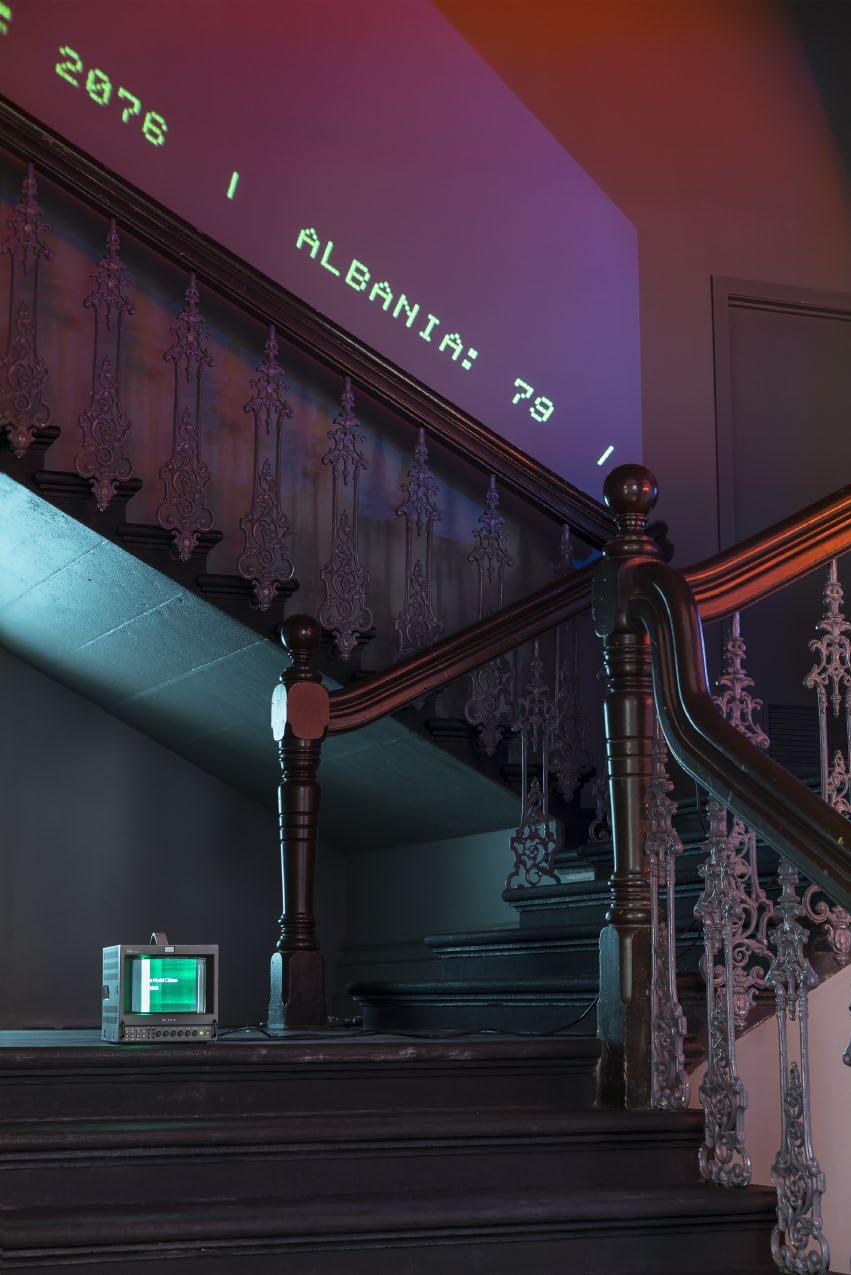

RMIT Gallery 08 Feb 2019-23 Mar 2019
Citizen . .

How timely that the week RMIT Gallery’s exhibition The Model Citizen opens the Australian Federal Government confirms that they will remove all refugee children from Nauru. These persistent issues of who is and is not an Australian citizen are creatively explored in The Model Citizen. RMIT Gallery is pleased to again partner with academics Darrin Verhagen (RMIT University) and Sean Redmond (Deakin University). follows on from their thought provoking exhibition, Morbis Artis (2016), and continues many of its important themes.
Sean Redmond’s topical piece in Morbis Artis, Invasion of the Ants spoke to the refugee crisis, Australia’s border protection policy and the horror of being feared and made homeless. The Model Citizen takes up the questions of what defines a ‘model citizen’. Curators Sean Redmond and Darrin Verhagen have guided and encouraged the artists to explore their own ideas and reach their own conclusions. Namely, what does citizenship mean to us in our times? The curators are to be congratulated for the realisation of this project and discussing these issues within the museum context.
I would like to thank the artists Asim Bhatti, David Cross, Larissa Hjorth, Leah Kardos, Jondi Keane, Bronek Kozka, Lyn McCredden, John McCormick, Shaun McLeod, Rowan McNaught, Olivia Millard, Adam Nash, Patrick Pound, Sean Redmond, Sadia Sadia, Polly Stanton and (((20hz))). I express my appreciation to Sean Redmond, Professor Screen and Design Deakin University for his enthusiasm enabling this cross-university
The installation of this exhibition was large scale and demanding. I thank Nick Devlin and his team: Robert Bridgewater, Beau Emmett, Ari Sharp, Ford Larman, Simone Tops for their outstanding work. I also thank the RMIT Gallery team: Evelyn Tsitas, Senior Advisor Communications and Outreach; Maria Stolnik, Gallery Operations Coordinator; Meg Taylor, Gallery Exhibition Assistant and Gallery assistants; Sophie Ellis, Thao
Finally, we warmly thank Professor Calum Drummond, DVC Research and Innovation and Vice-President; Professor Paul Gough, PVC College of Design and Social Context and Vice-President; Jane Holt, Executive Director, Research Office, Research and Innovation whose combined on-going support is much appreciated as we celebrate our first exhibition in 2019.
Helen Rayment, Acting Director, RMIT Gallery

Are you a Model Citizen?
He is not a citizen who is not disposed to respect the laws and to obey the civil magistrate; and he is certainly not a good citizen who does not wish to promote, by every means in his power, the welfare of the whole society of his fellow-citizens. [ Smith, 2010: 65]
The very definition of what a citizen is, and what citizenship entails, is highly vexatious, particularly in the age of wanton consumption, feverish globalisation and the flow of migration. On the one hand, new and vibrant multi-culture societies have emerged, so that citizenship is laced with the hopeful stories and security, national sovereignty, and the scarcity of resources. In Australia, we turn back boats and let children State of Exception (Agamben, 2005), passportless, citizenshipless and powerless before the (white) model citizens they are unfairly, unfavourably mirrored next to. And what of the indigenous people who first called fixed but subject to transformations in national and international law; and involves not just legal and political one is taught at school anchors and reproduces an often sanitised version of citizenry that one is meant to align with; the school fetes, community events, and elections one votes in becomes part of the materiality of citizenship; the mortgage, the Flybuys and AMEX cards, the frenzied trips to Ikea and the yearly holiday to and ideologies. The overcrowded prisons, ubiquitous CCTV cameras, shop bar codes, state driving licences and electronic passports are the legal processes through which we are ticked and docketed, and then fined


What does the model citizen mean to you?
Catching a packed 57 tram up Elizabeth Street with my daughter on a Friday night, I heard a man a few seats up tell two young Asian women to speak English. The collective expiration of the air on the tram was matched by a near silence as the drunk or drug affected man sought to assert the crass assimilationist rhetoric of a bygone era. Out of the silence, a young guy (younger than me) offered the observation delivered in a casual, non-demonstrative tone that ‘they (the women) can speak in any language they like mate as it’s a free country’. This attempt to neutralize the racist bile and return a functioning level of oxygen to the tram was nicely weighted offering support to the women without enraging the perpetrator. But it did not work. Our racist ‘mate’ took the intervention as a full blown personal attack and from the toxic masculinity rule book sought to immediately escalate the conflict...
The model citizen is someone who is prepared to risk their own wellbeing to defend the complexity, safety and agency of any person at any time. The model citizen does not wait for someone else to intervene but uses everything at their disposal (guile, charm, chutzpah, physical capacity or theatricality) to defend the complexity of the polis. The model citizen prioritizes this over the infinitely safer strategy of pretending it will all blow over and someone else will sort it out.
 - David Cross
- David Cross
What does the model citizen mean to you?
Model citizenship exists in the tension between compliance and subversion, in the friction between individual integrity and the needs of the state. Model citizenship lives in the unflinching resolution of the needs of the Other in the face of the needs of the Self.
Model citizenship is the rigorous examination of conscience and the acceptance that the road of non-conformism may be the lonely, challenging but necessary path.
Model citizenship is nonviolent resistance, civil disobedience, love, grace, the exercise of agency, infinite compassion, and respect.
The Model Citizen is prepared to confront the aesthetics of the machine, and willing to deconstruct cultural paradigms to reshape them in the service of equality and freedom.

The Model Citizen experiences the stillness inside the noise.
- Sadia Sadia
how, why and when we become – or not – proto-typical model citizens. The aim of this exhibition, then, is to

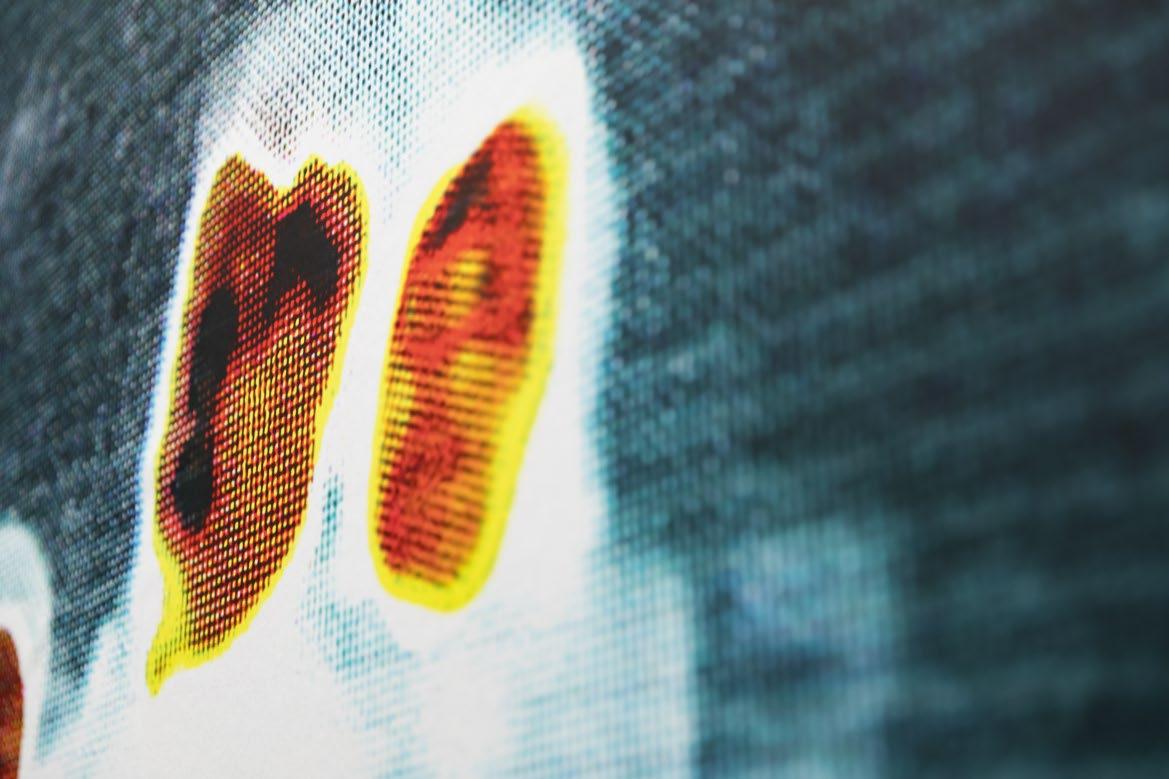

Art Modelling Citizenship
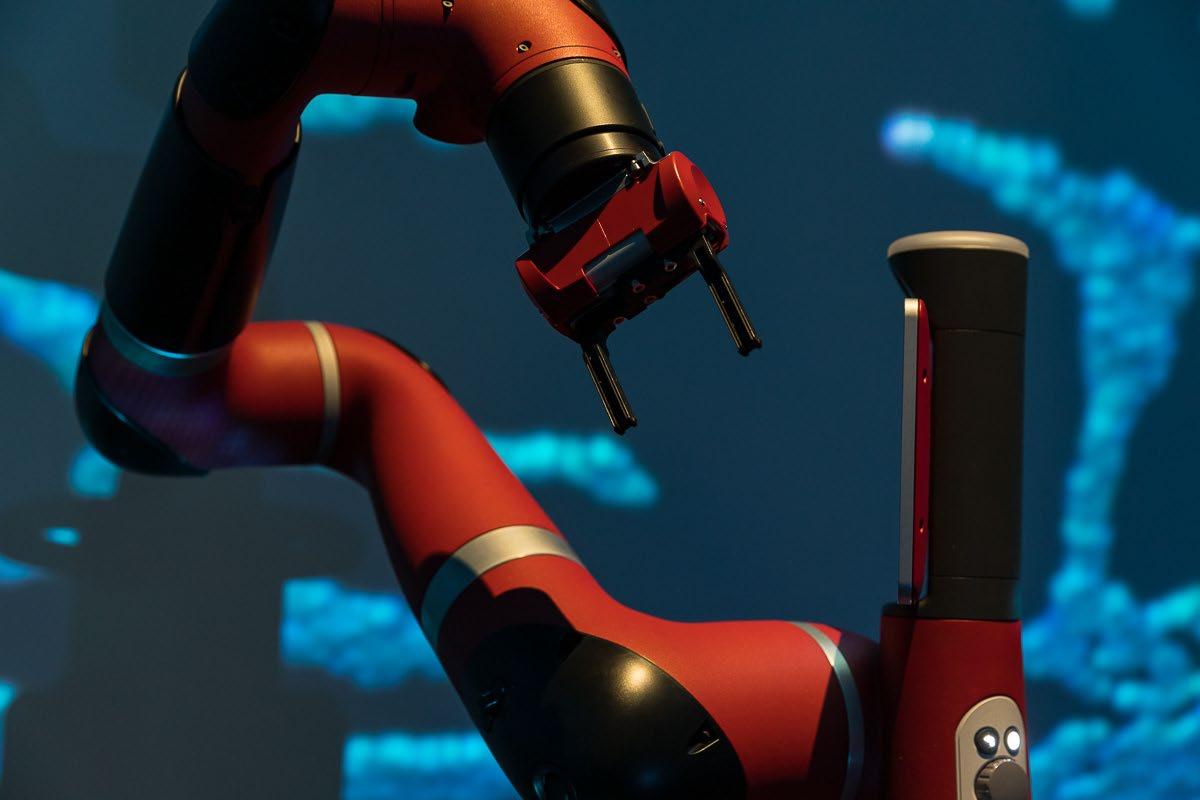

In the very end, civilizations perish because they listen to their politicians and not their poets Jonas Mekas (quoted in The Guardian, 2019)
The relationship between art and citizenship is clearly a contentious one. Mekas (quoted above) sees the productive, perhaps utopian power in art to lead civilisation forwards, even if its messages go unheeded, while there are artists and art movements who clearly see a separation between Art and State, where art sits above or beyond the polis of the day. Equally, of course, there are artists and artist movements – from the Futurists to the Gorilla Girls - whose art is explicitly and radically political, aiming to challenge and transform the dominant realities of the day. As Adorno suggests, ‘all art is an uncommitted crime’ (2005). This Model Citizen exhibition takes on the challenge of questioning and determining the role that artists play in modelling model citizenship. How does art reproduce citizenship? When, how and why do artists challenge dominant ways of thinking and making the model citizen? Should the purpose of citizenry art be activist, and liberating? How might one use models to interrogate the forms and embodiments of citizenship?
Models and modelling are powerful ways to express arts’ relationship to, and critical engagement with citizenship. Statistical models, digital models, simulations and simulacra, mathematical models, process models, clay models, scale models, detailed models, corrupt models and in-situ performative models are all ways of making distinctions that define and refine the relationship of art and abstraction to the world-in-the-making.
Once the model breaks away from its point of origin or creation, from its seclusion and isolation in the lab, and enters the world it becomes a way to think through making, challenging other citizens to see the model as more than scale, size and materiality. The model, on entering the world, enters into a relationship with the social and newly comes into dynamic contact with the socio-cultural environment, reshaping it as does so. Models amplify important thresholds or links between people and practices, and offer miniaturized views of the world-at-large, in diachronic relation to time and space (Agamben, 1993: 65-88). Models also take one inside a phenomenon, slowing down and opening up the constituent events, turning the inside out, and the outside in. Models remake citizenship.
What does the model citizen mean to you?
There are only boundaries and analogies. To accept an analogy is to respect boundaries, but a boundary is itself an analogy. Look closely enough, and neither boundaries nor analogies exist. Even so, boundaries define citizenship, and models. In other words, boundaries model citizenship. A model is an analogy, a bounded simulation, a representation of an ideal, and representation is another word for analogy. To model is to modulate from within one set of boundaries to within another set of boundaries. The map is not the territory, the person is not the citizen, a robot is not a person. A robot is simply a set of bounded models, but if it is modelled as a person, a nation might accord it citizenship, but only as an analogy. Viruses transcend boundaries intrinsically and are immune to analogy. By attempting to prevent the movement of viruses across borders, we accord them citizenship. Digital data, which is operationalised analogy, modulates across boundaries, but these viral tendencies are subjugated to citizenship in global capital.
In this work, we modulate digital data from biological neural networks (mosquito neurons cultured on electrodes), through 3D-printed robot movements, to digital sound and 3D visuals. All movement instructions, compositional systems, visual rendering matrices and animation curves share the same analogical parameters, i.e., boundaries, i.e., models. Our modulations reflect and question who or what models what boundaries for whom or what. Viruses, robots, data, people, sound, vision and movement all have different boundaries, and who is to say who or what is modelling whom or what?
 - Asim Bhatti, Adam Nash, John McCormick
- Asim Bhatti, Adam Nash, John McCormick
In this exhibition we are not, however, offering a singular alternative model to the way citizenship can be scaled but the more difficult and challenging task of employing metamodeling or, ‘a discipline of reading other systems of modelling, not as a general model, but as an instrument for deciphering modelling systems in various domains’ (Guattari, 2012: 27). Attendees to the exhibition will be engaged with the very acts (models) of becoming model citizens. The exhibition is a creative- political act. The exhibition is also playful and at times interactive: a number of the models invite engagement, interaction, offering attendees the chance to think and shape the world differently as they encounter the installation. The cold hands of Sisyphus, the poetic bodies of dance, the surface aura of celebrity culture, the post-truth of Trump, surveying data algorithms, the wild Anthropocene, the AI virus, and a gaggle of teetering disembodied newsreaders together haunt the exhibition, as does the spirit of the carnival, and the agency of the artist activist who has decided to model citizenship in new and transformatory ways.
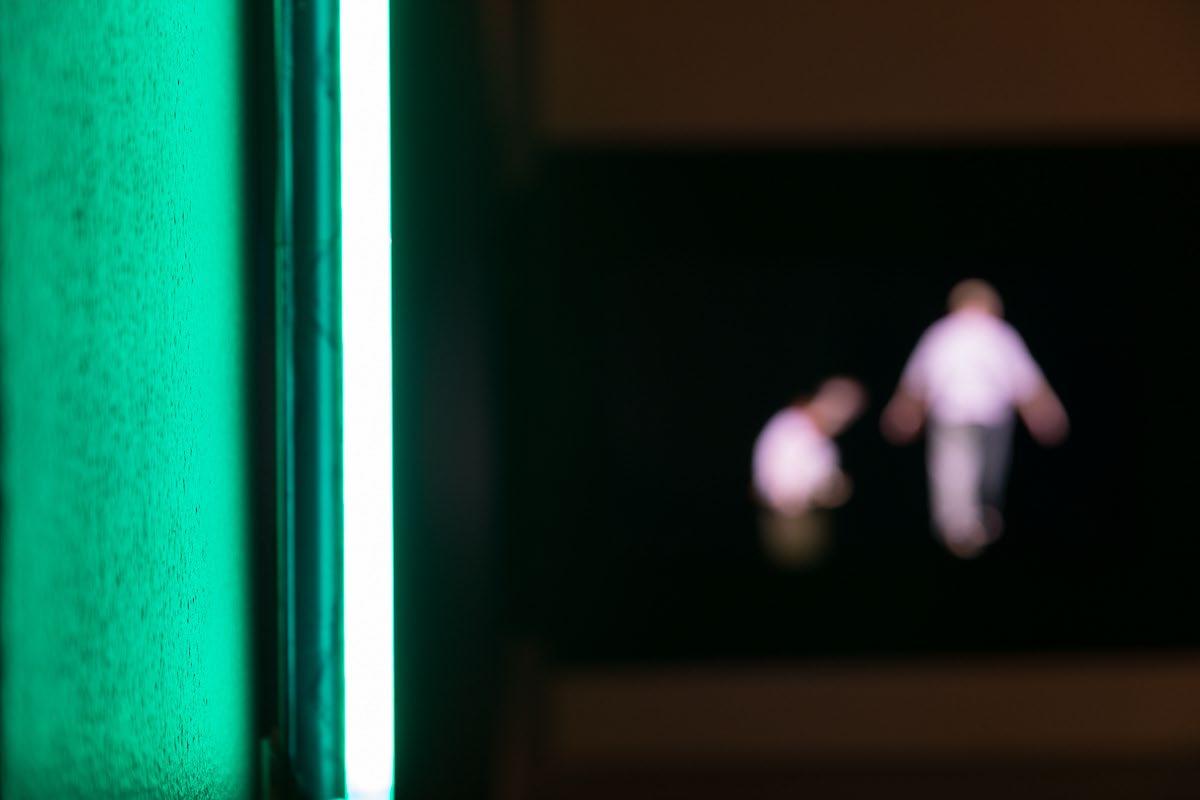

Agamben, Giorgio. Infancy and History: the Destruction of Experience. Verso, 1993. Agamben, Giorgio. State of Exception. Vol. 2. University of Chicago Press, 2005.
Anderson, Benedict. Imagined communities: Reflections on the origin and spread of nationalism. Verso Books, 2006. Guattari, Félix. Schizoanalytic Cartographies. A&C Black, 2012.
Adorno, Theodor W. Minima moralia: Reflections on a damaged life. Verso, 2005.
Needham, Alex. “Jonas Mekas, titan of underground filmmaking, dies aged 96”, The Guardian, Thursday 24th January, 2019, available at: https://www.theguardian.com/film/2019/jan/23/jonas-mekas-titan-of-underground-filmmaking-dies-aged-96
Smith, Adam. The Theory of Moral Sentiments. Penguin, 2010.
What does the model citizen mean to you?
Dancing supports the desire to experience the body, as itself, in the present. My dancing body waits, surges, seeks and waits again. What is this body I have and how does dancing uncover it? The thickness of a surge of energy, the inevitability of gravity, the revelation of a fall. What truth do others witness in my dancing body, my aging body, my body that holds and encounters the material and the imagined? What is shared between two bodies?. Sometimes I don’t know what I know and other times I hold off from knowing because in that state lies the place of pauses, of waiting. I am person, a citizen, when I am dancing, a human who knows how to search and how to forget.
Olivia Millard

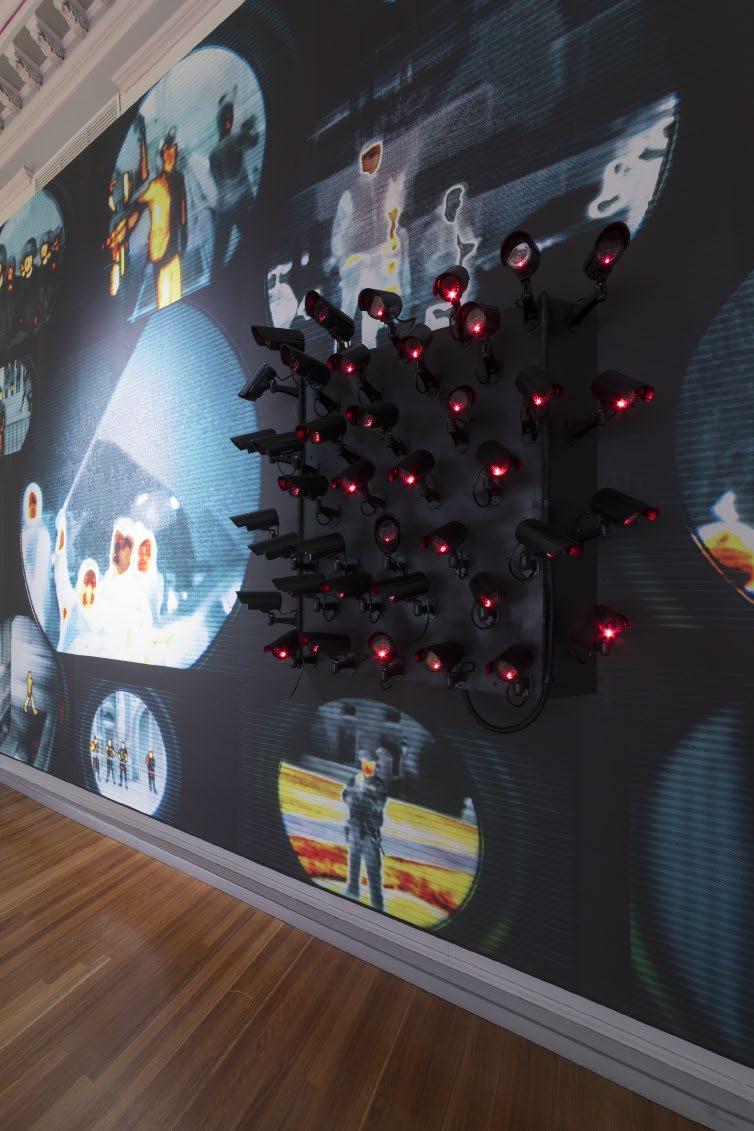
Compliant, subordinate and controlled, these where the first words that came to me when thinking about the idea of the 'Model Citizen' rather sad in many ways but kind of expected I think in a Brexit/Trump/Facebook world. The idea of the citizen, the 'legally recognized subject or national of a state or commonwealth' , and the associated the high ideals of belonging and responsibility and then the idea of the 'model' - a thing used as an example to follow... I find it disappointing that I'm taken to such negative places. I am interested and concerned that through media, news and even down the TV/Netflix/iTunes programming, the increased presence of security and of course surveillance our behaviour is being modified - we are being 'processed' a manufactured programmed version perversion of the model citizen.
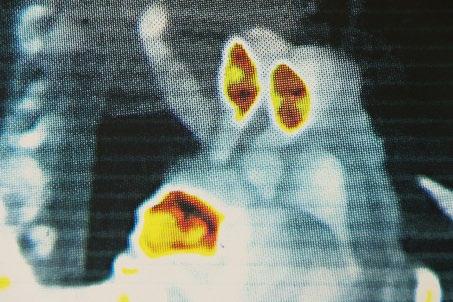
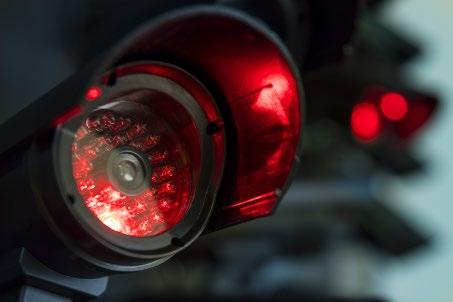 Bronek Kozka
Surveillance, 2019 surveillance cameras, readymade sculpture, thermal imaging installation dimensions variable
Courtesy of the artist, Bett Gallery, Hobart and Clelia Belgrado Gallery, Genova
Bronek Kozka
Surveillance, 2019 surveillance cameras, readymade sculpture, thermal imaging installation dimensions variable
Courtesy of the artist, Bett Gallery, Hobart and Clelia Belgrado Gallery, Genova
Sadia Sadia
Ghosts of Noise I (Female)
Ghosts of Noise II (Blend)
Ghosts of Noise III (Male)
2009-2019 three channel video installation, eight-channel audio duration: 0:20:00
Courtesy of the artist and Chimera Arts, UK

Ghosts of Noise is a reaction to, and comment on, the ‘aesthetics of the machine’, in this case the machine being the information delivery complex. In media theory it locates itself in, among others, McLuhanism, Hannah Arendt’s writings on the effects of modern technology on humanity, Walter Benjamin’s ‘fragmentation of political discourse’, as well as the tensions between the revealing and concealing of truth.

Some time during the course of the current world crises, I became interested in news. The cyclical nature of 24-hour news, alongside the multiplicity of distribution formats, combined to produce ever-increasing layers of disturbance, streams of facts, figures, voices and faces that layered themselves one upon the other to produce an omnipresent ‘noise’.
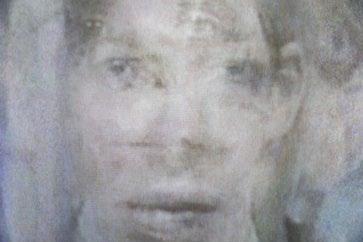
The more aware I became of the ‘noise’ of information-delivery in my environment, the more the pressure, level, and tension seemed to build in my inner self, mind and ear. The only means of freeing myself from this phenomenon was to undergo a form of exorcism.
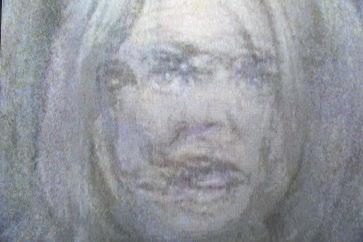
I recorded a multitude of newscasters from the widest assortment of news channels available to me. I then layered the images one over the other. The central panel in this exhibition, ’Blend’, comprises twenty (20) channels of male & female newsreaders, newscasters, and correspondents with two hundred and fifty-six (256) layers of voices drawn from newscasts. It is combined with ‘Static’, which comprises twenty four (24) layered news channels and ninety six (96) layers of news broadcasters’ signature themes. The left and right hand panels are ‘Female’ and ‘Male’ respectively, and both works have accompanying two hundred and fifty-six layer voice-based audio soundtracks.
The works exists in a number of different iterations, and are updated with new material on a rolling basis, with each iteration providing a fresh reading of the media zeitgeist.
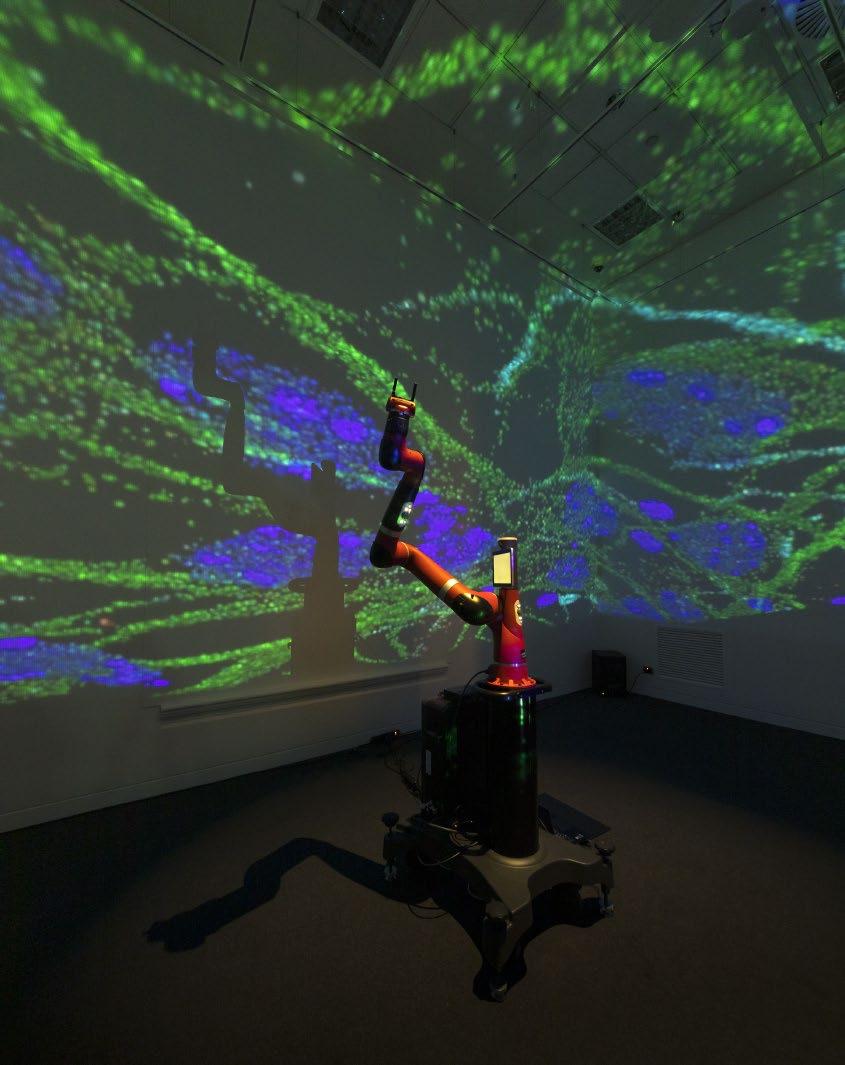
Neuron Conductor is a hybrid biological-machine. In this artwork, a model of a biological brain controls a robot arm to conduct a generative musical score. The robot interacts with the biological neural network consisting of mosquito neurons to create new musical procedures; viruses such as dengue and ZIKA are the source material for the machine’s striking compositions. The introduction of stimuli to ZIKA virus-infected mosquito neurons causes signature variations in the patterns - they are filtered through the robot to create the robot’s movement, which generates the music.
The bio-robot is a study of a system that incorporates biological, digital and hardware components into itself for its own purpose of creation; it is a hybrid model of entity, creation, citizen.



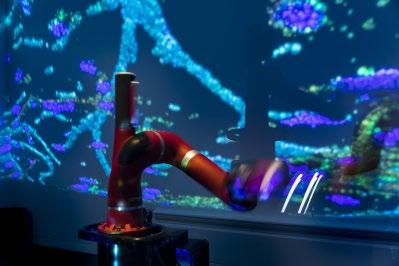
the
the robot. wildsystem.net
Grateful acknowledgement to
Factory of the Future at Swinburne University for the generous loan of
Asim Bhatti, John MCCormick & Adam Nash Wild System Neuron Conductor, 2019
3D printed robot, virtual environment, generative spatial soundscape, hemispherical mirror projection installation dimensions variable
Courtesy of the artists
is a game that does not work very well. No matter how much hand/eye co-ordination or advanced levels of fitness each player demonstrates, this bespoke sport consistently fails to reward. Where the beauty of elite team sport is often manifest in the seamless dexterity of one player linking with another to transition a ball from point A to point B, there is precious little space in this game for elegant interchange of any kind. We have shuffling, clumsy, changes of direction and a desperate, mostly failed, attempt to create group cohesion through some semblance of coordinated decision making. Double Negative is a game with absurdly elevated constraints that limits both individual capacity and by logical correspondence, the capacity of the team. Only one of the four players is able to clearly see the action taking place around them with the other three blindfolded by the inflated structure they are inside of. ‘The Seer’ is curiously the leader but also the commentator barking instructions to his myopic team mates to move in specific directions at specific speeds in the vain hope that they might catch a ball in their net. The work points to the hilarity, complexity and inequity of collective engagement, prefacing the ways in which we attempt to build shared systems for mutual benefit no matter how significant the barriers to success.
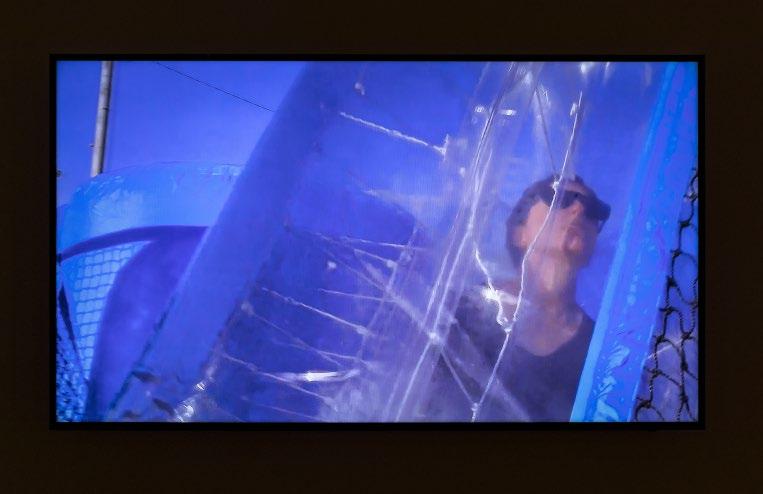

David Cross Double Negative, 2019 inflatable structure, canvas, video documentation of performance installation dimensions variable duration: 0:03:51
Courtesy
 of the artist
of the artist
Near neighbours, 2019 photo booth portraits installation dimensions variable Probable Citizens, 2019 photocopies; 3,072 sheets installation dimensions variable
 Rowan McNaught & Patrick Pound
Courtesy of the artists Patrick Pound is represented by STATION Gallery, Melbourne and Darren Knight Gallery, Sydney
Rowan McNaught & Patrick Pound
Courtesy of the artists Patrick Pound is represented by STATION Gallery, Melbourne and Darren Knight Gallery, Sydney
Near Neighbours is a collection of more than 130 photo booth portraits purchased online from various sources, however, these images all appear to have been photographed in the same photo booth. The individuals are most likely the citizens of a single town.
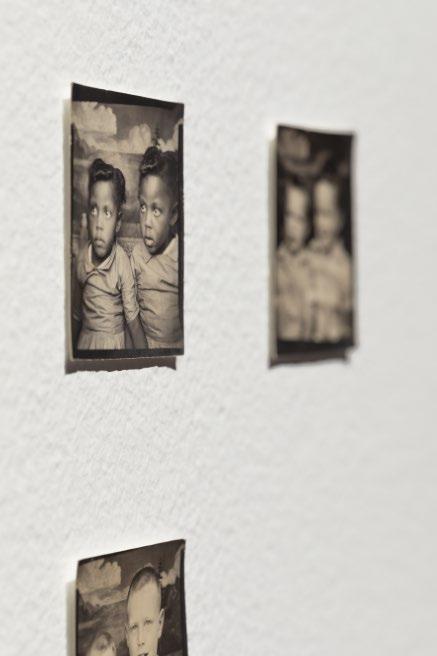

With this collection, the artists imagine a distant relation of Walker Evans’s 1936 photograph Penny Picture Display, Savannah which shows a portrait studio window, full of the random encounters of a town's people, arranged in an indeterminate grid.
The images have been organised and displayed according to the guesses of an algorithm that finds similarity within a set of images. The photographs are arranged according to its decisions, drawn from an enormous lexicon of images (ImageNet) and its extensive subject classifications such as citizen, loved one, equal, and dupe.
Probable Citizens turns these classifications into a list of 3,072 profiles, imagining the characteristics of the photographed subjects. In a reversal of the initial collection process of the photo booth portraits, these papers can be taken and physically re-dispersed.
What does the model citizen mean to you?

I have little idea of what a model citizen might look like, or even how they might behave (or what they should wear to their citizenship ceremony). A model citizen might just stand somewhere between the certainty of a small-town Atticus Finch and the poetical flaws of a search engine; someone like a photo booth
camera, with an apparent clinical detachment and a collector's belief that most things have little in common until they come into contact. They might be less likely to look like their fellow citizen so much as to look to them. They may well also be inclined to question the model itself. - Patrick Pound

What does the model citizen mean to you?
Don’t just stand there, go head over heels even without moving, mobilize the fissures and cracks in each micro-fascism as it bubbles up and appears on the inner horizon of thought-feeling and action. Re-invent the way the body, the person and the environment share events but not extents… practice, practice, practice. Share results, make notes, take note, take care. Go fishing and pro-finding in the profound and undo the rigidity of past understandings. Stand and deliver to the earth some uber-eats that nourish the human-non-human. Take part, exercise your discretion to discern the pre-valence, ambi-valence, omni-valence of your dispositions. Gather your books get some chalk, put a wall up on wheels.
- Jondi Keane



Jondi Keane
PRE-VALENCE:
MODELLING THE CONDITIONS FOR LIFE, 2018-2019
digital video – performance documentation, live performance duration: 0:32:23 looped, 0:36:28 looped



beneficial for the aspiring model citizen. Rather than striving for the “ideal”, citizens can practice meta-modelling, that is, techniques that reconfigure selected practices allowing regularities to emerge in-situ. The aim of the exercises is to figure out ‘of what a body is capable’ (Spinoza), enabling rich new
.The work has two tiers. The top tier consists of videos that depict the Sisyphean administrative and bureaucratic tasks of living, from which self-reinvention can find a foothold. The lower tier consists of video in which drawing a circle and a square simultaneously, becomes a way to explore how attention, perception, decision, memory and judgment are interconnected but have degree of freedom. The extent of this freedom is to be determined collectively. The performative tasks of Pre-valence examine the conditions in which value is assigned what is at stake declaring ourselves as citizens of the world.
Courtesy of the artist
In a few years, Facebook will have more dead than living users.
What does it mean to live with data of the dead haunting us every day?
Do you have a digital legacy provision about who will steward your data when you are dead?
#dearfuturecitizen asks audience members to sit on a fake island and contemplate the future of data in their life. Through postcard prompts, audience participants are asked to write on a postcard their hopes and fears for the future of data. It seeks to ask: how should living with data of the dead look and feel like?
These postcards will then be documented through social media #dearfuturecitizen to curate a space for sharing these stories and hopes online.
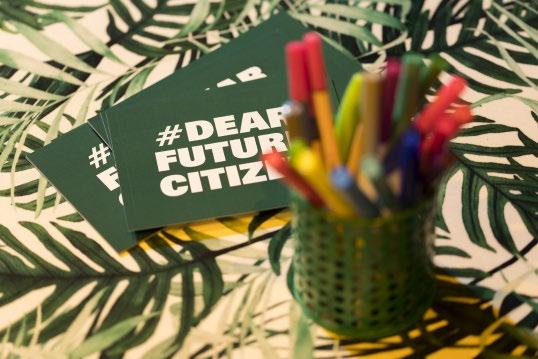
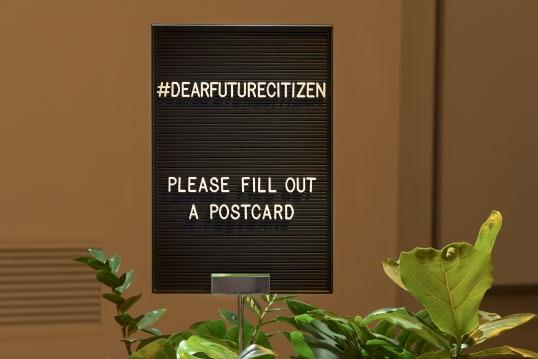
#dearfuturecitizen, 2019 installation: artificial lawn, plants, cushions, postcard prompts, vinyl lettering installation dimensions variable
Courtesy of the artist
Larissa Hjorth
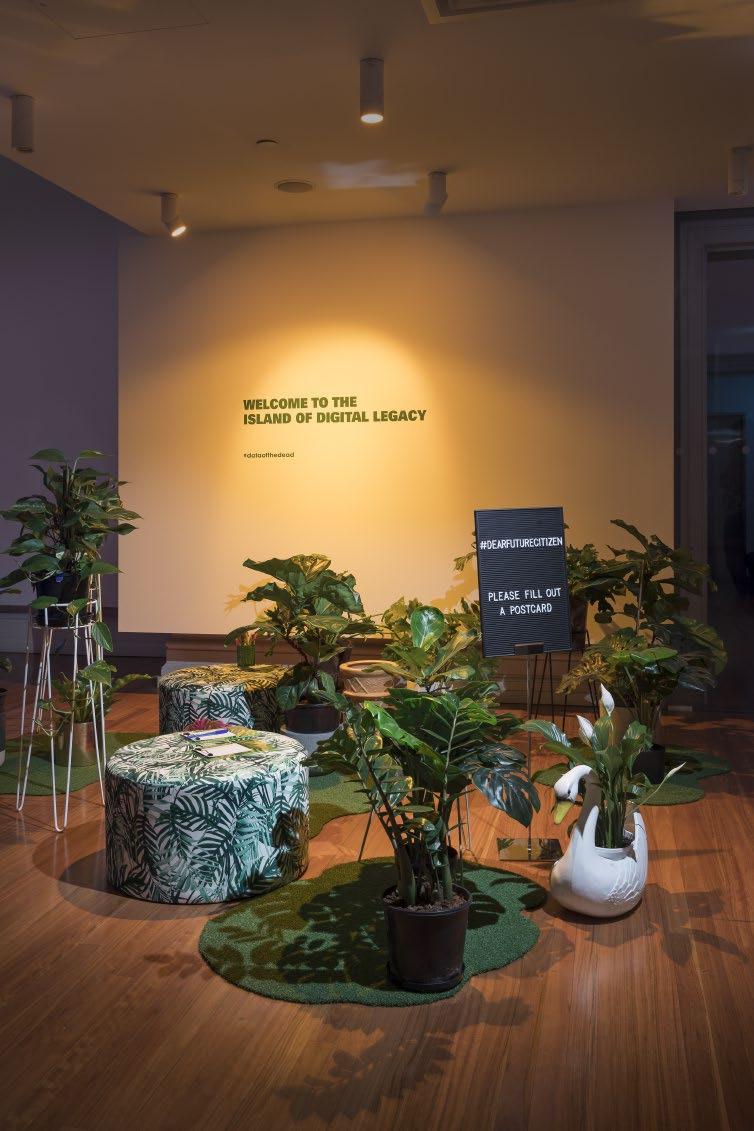
 Lyn McCredden, Shaun McLeod, Olivia Millard & Victor Renolds Still Point, 2019 two-channel digital video and audio
Courtesy of the artists Video capture and Technical Support: Doug Donaldson
Lyn McCredden, Shaun McLeod, Olivia Millard & Victor Renolds Still Point, 2019 two-channel digital video and audio
Courtesy of the artists Video capture and Technical Support: Doug Donaldson
Still Point brings together spoken poetry text in audio, and dance in video form, exploring the synchronicities and differences between the two art forms. Through the making of this installation, the artists are exploring the often contradictory boundaries of art: narrativity, linearity, randomness, non-representativeness, the will to meaning-making and interpretation.

One question hovers over the work: what happens when individuals and collectives (citizens of multiple contexts) negotiate the noise, violence, and movement of the world, through seeking a still point – of rest, replenishment, or sacred holding? Without simply demonizing or fetishizing either the rambunctious world, or a place of quietness and peace, this work considers how citizens can be immersed in both the busyness of the material (social, political, bodily, aesthetic) world, and, potentially, in choosing acts of balancing calmness, peace, equilibrium. What roles can art play in moving between the material and the immaterial?



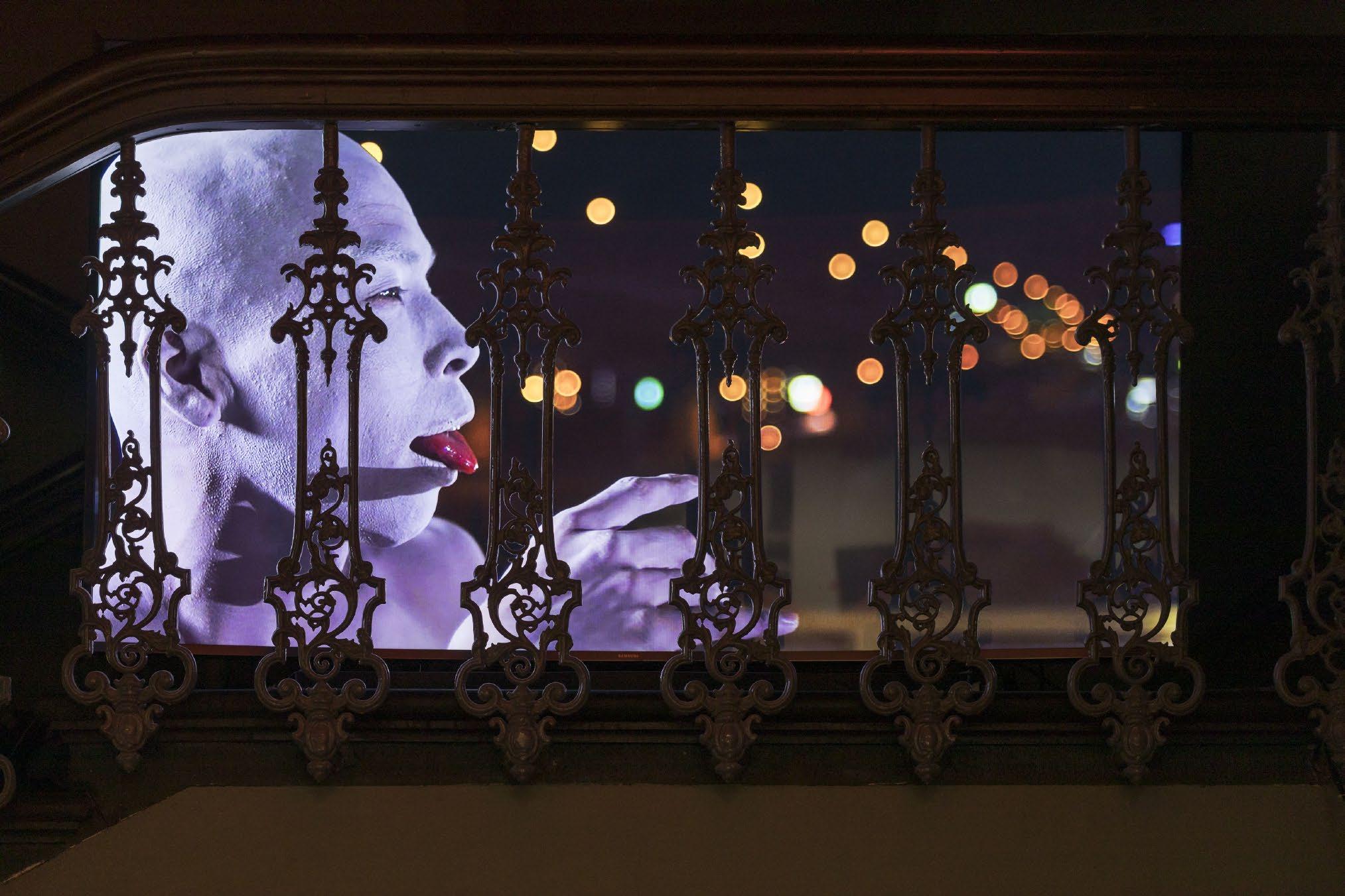 Director & Editor: Sue Healey
Director of Photography: Judd Overton
Director & Editor: Sue Healey
Director of Photography: Judd Overton
The distilled essence of raw emotion found in butoh is a sublime counterweight to the repressed civility of the model citizen. Viscerally violating measured, polite and appropriate responses to the human condition, it cleanly cuts through what can be considered as ‘model’ behaviour into something rich, honest and



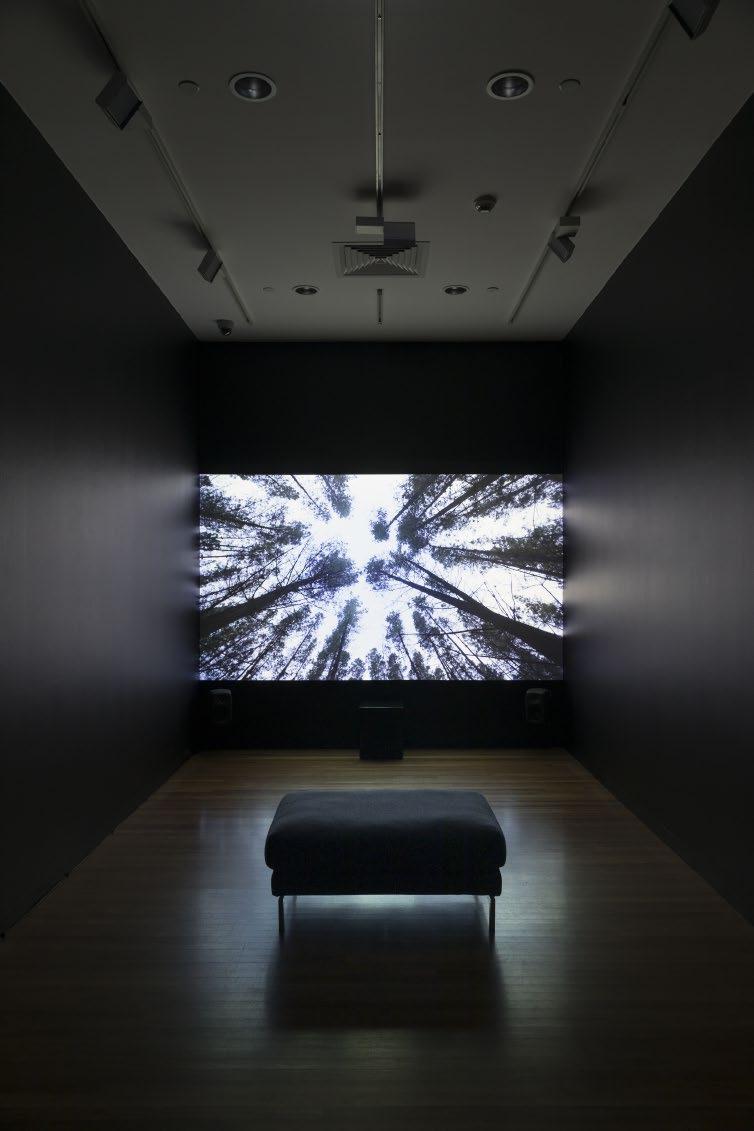

Polly Stanton
Indefinite Terrains, 2018-2019


HD video, stereo sound duration: 0:17:10
Indefinite Terrains is a sound and the moving image work that interprets the site of the forest plantation as a dynamic assemblage of colonialism, capitalism and county. Through the model of the plantation, the actions and effects of citizenship are considered through the audio-visual mapping of the forest’s controlled and operationalized borders and terrains. The work reimagines the planation as a polyphonic assemblage of events and complexities that engage both human and more-than-human bodies in lively economies of memory, activity and labour.
Through the process of documentation and the fictitious voice of a Planation Officer, acts of listening and looking become speculative forms of knowledge production as the shifting geographies and histories of the forest are explored. Indefinite Terrains presents a cinematic cartography that turns the seemingly factual site of the plantation into questions, uncertainties and imaginings: situating human enterprise as a momentary part of a much larger world.
Courtesy of the artist
What does a model citizen mean to you?
Citizenship is considered the right to belong, and yet belonging is a contested and shifting state that can often defy definition and conclusions. Through the process of modelling citizenship and reshaping our understanding and values in regards to it, we can more freely consider forms of belonging in an open and expansive way - reconfiguring a space that moves away from preconceived notions of rights and ownership, towards a more complex understanding of kinship, connection and exchange.
- Polly Stanton

What does a model citizen mean to you?
We decide to build a city. As we furrow bricks onto the carpet we must decide what our great modern, model city will be. It will need a school, says one child, learning is really important, and so we build a school with computers, laboratories, art rooms and an assembly hall for all to gather and chatter in. It will need a hospital, another child says, so the poorly can be made well. We build a gleaming hospital with operating rooms, brightly painted wards, stocked with cabinets of red, blue and yellow medicines. A boy on the edge of the carpet suggests it will need a grocery store stocked with lovely foods so that no one goes hungry, not ever. A green fronted store appears as if by magic. It will need a prison, another child shouts out, rushing forward, to put the bad people in. We build a prison made of black bricks and without any windows and with cells only one brick wide. In the middle of the prison we construct a tall tower with a searchlight that sees into every cell. The citizens will be safe now, one child whispers to another. A court room appears, a shopping mall, play areas and lush green parks, suburban homes with picket fences and sparkling swimming pools. Train, trams and buses run freely over wide, open roads and the city begins to hum like a songbird. But something is missing, one child calls out. What could it be? In the centre of our model, modern metropolis a glittering building begins to emerge: fairy lights fall of its huge , decadent windows, giant red theatre doors pull the walls inwards and a red carpet floats before it. Fancy dressed people are placed on this carpet. Flumes of feathers dance in the air, one child suggests. A reporter with a flash gun takes photos. A child holds up a whirring helicopter in their hands, flying it over the city, over this opulent gathering of film stars. The children all agree that a modern, model city needs famous people, like they will be, like they all want to be....
 - Sean Redmond
- Sean Redmond
Sean Redmond, Leah Kardos
The Unknown Celebrity, 2019
installation: custom merchandise, audio soundscapes
Mirror – duration: 0:09:20
Memory – duration: 0:08:17
Shrine – duration: 0:21:08
Sleep – duration: 0:10:32
installation dimensions variable
Courtesy of the artists
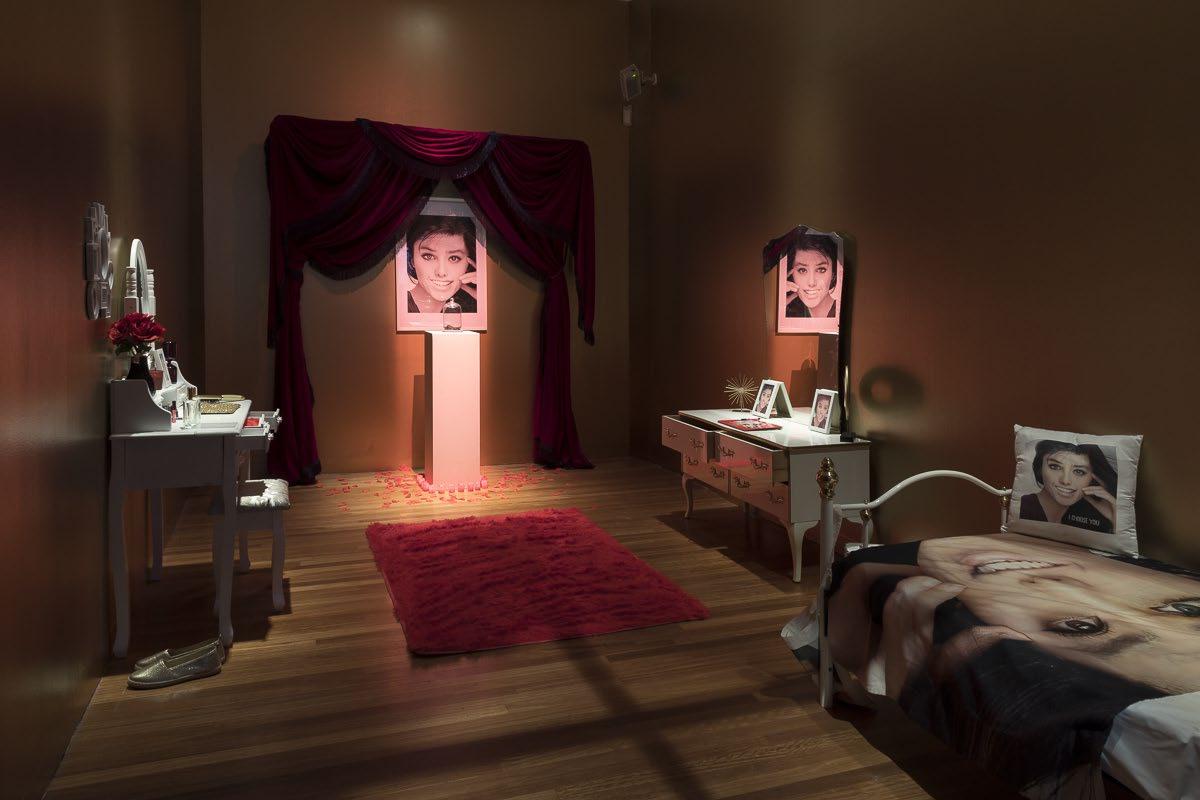 Image production: Sean Redmond and Russell Kennedy
Image production: Sean Redmond and Russell Kennedy
In The Unknown Celebrity, a 1:1 replica of a ‘devoted’ fan’s bedroom becomes the gallery space. The room has a rug, a bed, dressing table and lamp. The walls are golden and red curtains fall down the central wall, where a celebrity shrine is worshipped. Personal items are found in the room: each adorned with the image of the unknown celebrity. Original music plays from a series of discrete speakers. At the centre of the bedroom is the celebrity ‘shrine’ comprised of candles, a large central photograph of the unknown celebrity, and a plinth with a bell jar containing a treasured celebrity memento


The celebrity figure found in the room is a composite unknown: a non-descript everybody, but whose ideal face has been created through a software app that renders it by the regeneration of several male and female iconic celebrities in currency today. All the celebrity memorabilia found in the room will have this uncanny face, this nobody’s name, adorning it. The room, the shrine, will worship this unknown celebrity: this model citizen. Of course, the person whose room it is, is the one and same unknown celebrity who is being worshipped– a haunting mirror on their own invisibility and hungriness to be noticed. Their self-adoring room guarantees them the ubiquity of model citizenship.
The four separate components of the unknown celebrity’s soundscape are designed to be experienced in various locations within the constructed environment. The sonic scenes are haunted by timbres of embedded musical memory, experience and emotion. All compositions are set to a tempo of 60BPM. Mirror (9’20") plays with repetition, feedback, texture, mimicry and multiplicity of a single voice. Memory (8’17”) uses the aesthetics of vaporwave, ambient trip hop and broken tape effects. Shrine (21’08”) is a collage of original vocal recordings, reversed, resampled and stretched. Sleep (10'32”) is an extended version of a piece originally released on the album Machines (2012), and includes cello parts performed by Catherine Saumarez.
The Upload is a motion simulation experience using eyelid strobes, vibration and movement in order to immerse individual participants in a richer reality. Unlike (((20hz)))‘s previous 4D works, however, the dystopic scenario which unfolds in this new piece has an insidious contractual undertone.
Through the easy assignment of some simple rights, the transition of your information from the physical to the metaphysical can start immediately. And for only the minimal price of disembodiment, Model Citizens can now contemplate the wonderful benefits of immortality.
This (((20hz))) piece features the work of sound designer and composer, Mitchell Waters, a researcher at the RMIT Audiokinetic Experiments Lab.
The Upload is curated as a Model Citizen satellite event – a site specific, single participant experience, (((20hz))) and Mitchell
Waters
The Upload, 2019 sound, vibration, movement, light Image by Denby Smith Courtesy of the artists and AkE Lab

Curated by Sean Redmond and Darrin Verhagen
RMIT Gallery
8 February – 23 March 2019
Acknowledgements:
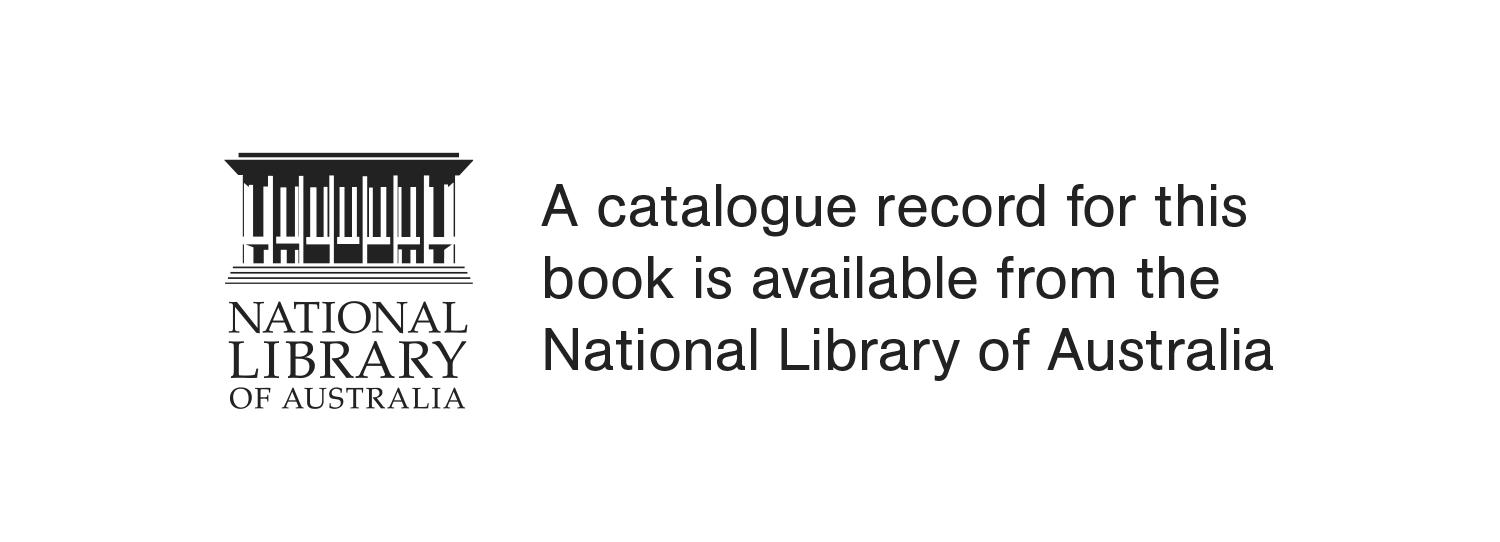
Special thanks to the curators Sean Redmond and Darrin Verhagen for their insight and commitment to the exhibition. Warm thanks to the artists and contributors for their ongoing support.

Appreciative thanks also to Professor Calum Drummond, DVC R&I; Paul Gough, PVC DSC; Jane Holt, Executive Director R&I; Ned Needham, Ian Potter Museum of Art; Spatial Information Architecture Laboratory (SIAL), RMIT University; and Project Space, RMIT University.
Sean Redmond and Darrin Verhagen would like to thank RMIT Gallery staff for their tireless energy and patience; RMIT University and colleagues at the School of Design; School of Communication and Creative Arts, Deakin University; Paul Bowers, ACMI, SIAL and RMIT School of Art for generous equipment loans; BJ Cotton, Audiokinetic Experiments (AkE) Lab; RMIT and friends and family for their support and camaraderie.
Acting Director: Helen Rayment
Senior Advisor Communications & Outreach: Evelyn Tsitas
Exhibition Installation Coordinator: Nick Devlin
Installation Technicians: Robert Bridgewater, Beau Emmett, Ford Larman, Ari Sharp, Simone Tops
Curator, Collections: Jon Buckingham
Gallery Operations Coordinator: Maria Stolnik Exhibitions Assistant: Meg Taylor Collections Assistant: Ellie Collins
Administration Assistants: Sophie Ellis, Thao Nguyen, Vidhi Vidhi
RMIT Gallery Interns & Volunteers: Viola Bianca Biamonti, Amrita Sur, Xinyue Wan (Juno)
Lighting Design: Natalia Velasco Moreno + Ben Cobham: Bluebottle
RMIT Gallery / RMIT University www.rmitgallery.com 344 Swanston Street Melbourne Victoria 3000
Tel: +61 3 9925 1717 Fax: +61 3 9925 1738 Email: rmit.gallery@rmit.edu.au Social media: @rmitgallery
Gallery hours: Monday-Friday 11-5 Thursday 11-7 Saturday 12-5. Closed Sundays & public holidays. Free admission. Lift access available.
Catalogue published by RMIT Gallery
Catalogue published by RMIT Gallery
February 2019, edition of 100 ISBN: 978-0-6484226-4-8
February 2019, edition of 100 ISBN: 978-0-6484226-4-8
Graphic design: Richard Grant
Catalogue editor: Evelyn Tsitas Catalogue photography: Mark Ashkanasy ©RMIT Gallery
All other photography is courtesy of the artists and their representatives Printed in Australia by Bambra Press
RMIT University acknowledges the people of the Woi wurrung and Boon wurrung language groups of the eastern Kulin Nations on whose unceded lands we conduct the business of the University. RMIT University respectfully acknowledges their Ancestors and Elders, past and present.
RMIT also acknowledges the Traditional Custodians and their Ancestors of the lands and waters across Australia where we conduct our business.
The Model Citizen
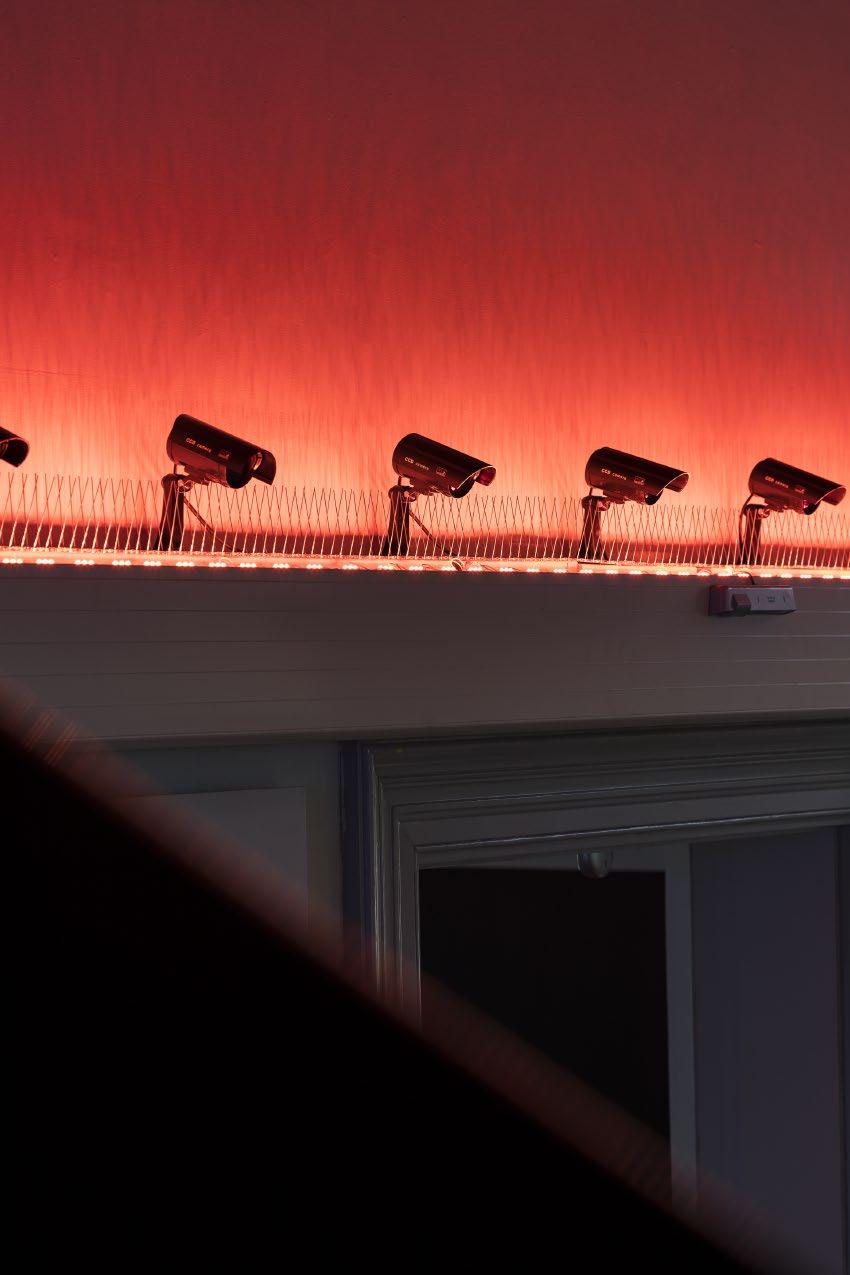

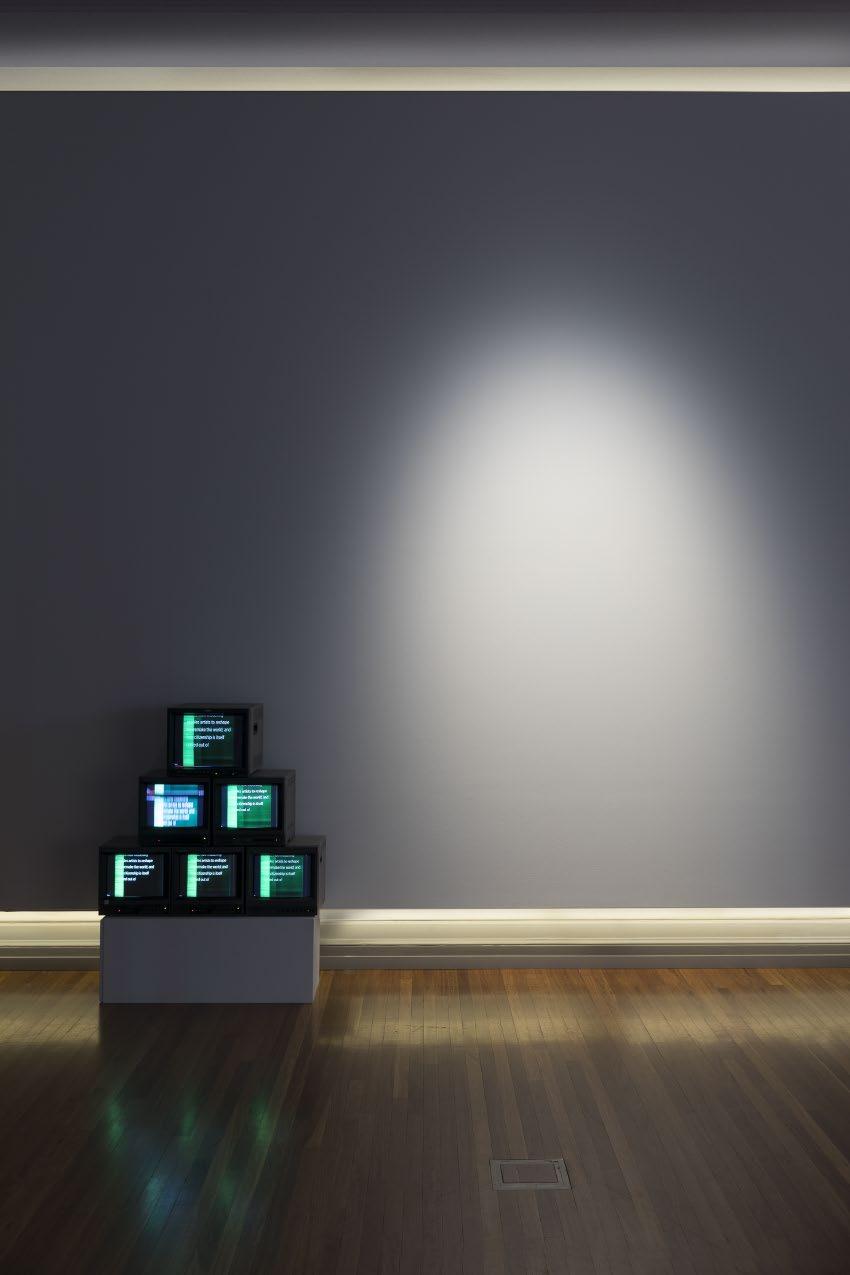







 - David Cross
- David Cross











 Bronek Kozka
Surveillance, 2019 surveillance cameras, readymade sculpture, thermal imaging installation dimensions variable
Courtesy of the artist, Bett Gallery, Hobart and Clelia Belgrado Gallery, Genova
Bronek Kozka
Surveillance, 2019 surveillance cameras, readymade sculpture, thermal imaging installation dimensions variable
Courtesy of the artist, Bett Gallery, Hobart and Clelia Belgrado Gallery, Genova











 of the artist
of the artist
 Rowan McNaught & Patrick Pound
Courtesy of the artists Patrick Pound is represented by STATION Gallery, Melbourne and Darren Knight Gallery, Sydney
Rowan McNaught & Patrick Pound
Courtesy of the artists Patrick Pound is represented by STATION Gallery, Melbourne and Darren Knight Gallery, Sydney











 Lyn McCredden, Shaun McLeod, Olivia Millard & Victor Renolds Still Point, 2019 two-channel digital video and audio
Courtesy of the artists Video capture and Technical Support: Doug Donaldson
Lyn McCredden, Shaun McLeod, Olivia Millard & Victor Renolds Still Point, 2019 two-channel digital video and audio
Courtesy of the artists Video capture and Technical Support: Doug Donaldson



 Director & Editor: Sue Healey
Director of Photography: Judd Overton
Director & Editor: Sue Healey
Director of Photography: Judd Overton




 - Sean Redmond
- Sean Redmond
 Image production: Sean Redmond and Russell Kennedy
Image production: Sean Redmond and Russell Kennedy






